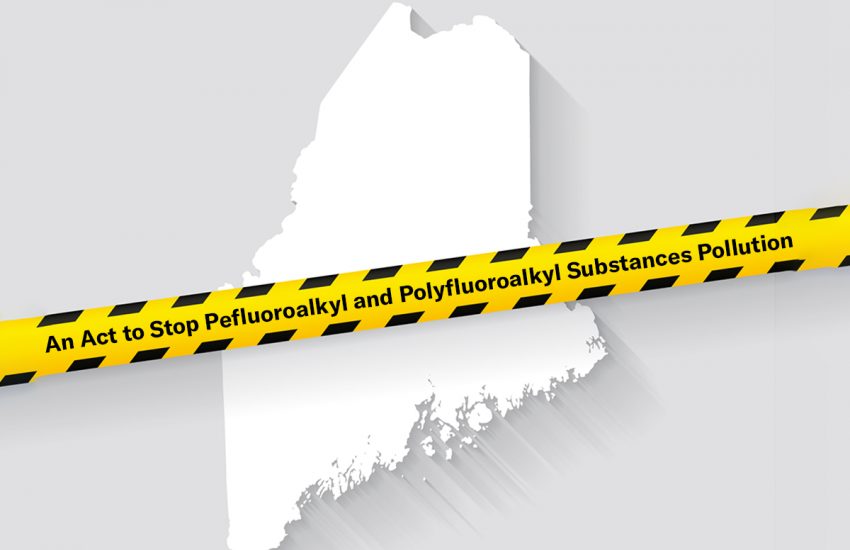After releasing a flurry of press releases and developments on PFAS regulation, on October 18, 2021, the U.S. Environmental Protection Agency’s administrator announced an ambitious national strategy to address PFAS over the next three years. Dubbed a “roadmap,” the EPA says that it is centered on three guiding strategies focused on research, restrictions, and remediation: “Increase investments in research, leverage authorities to take action now to restrict PFAS chemicals from being released into the environment, and accelerate the cleanup of PFAS contamination.” North Carolina’s governor …
Continue Reading









